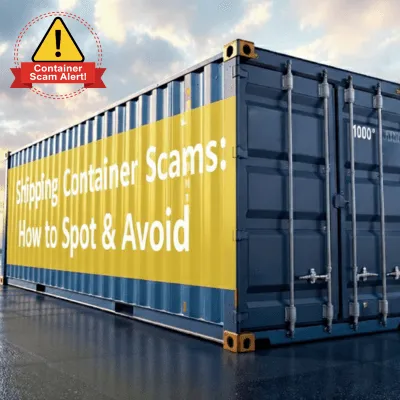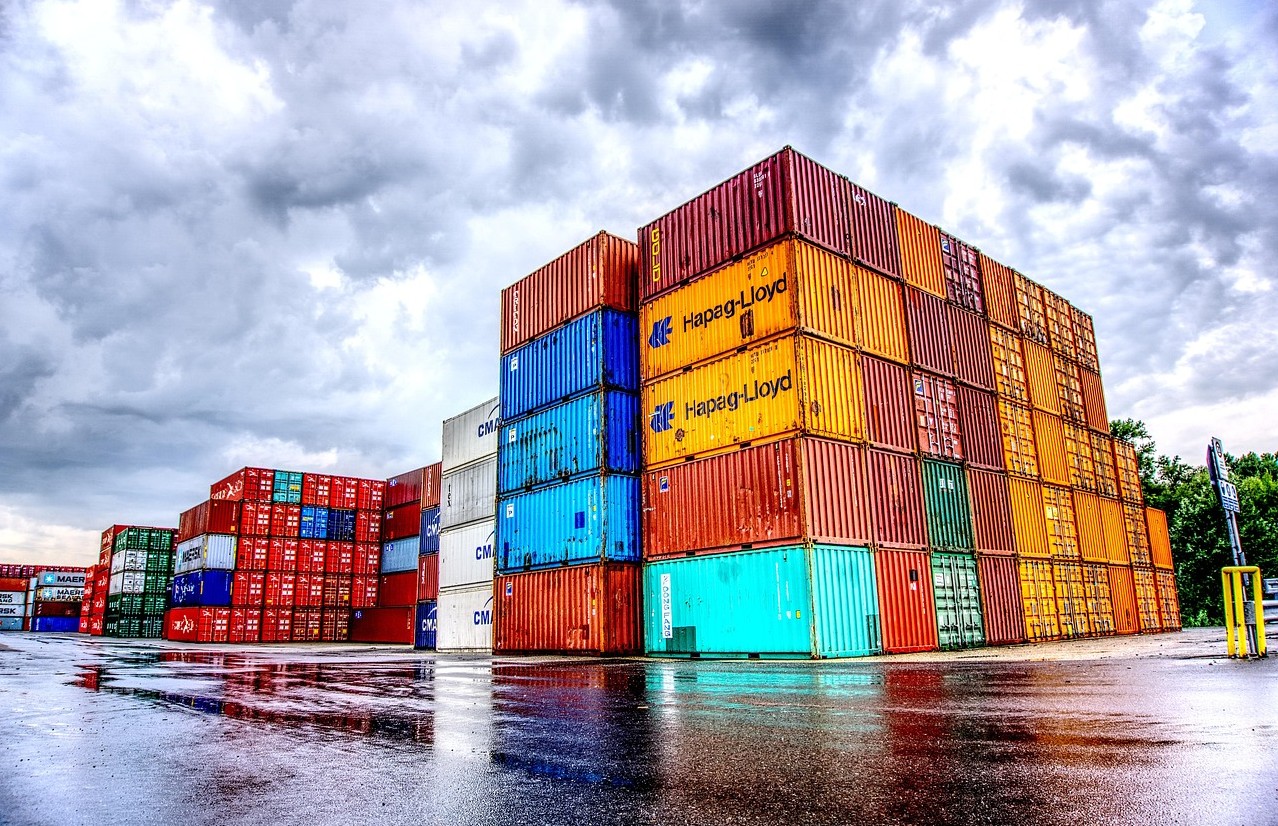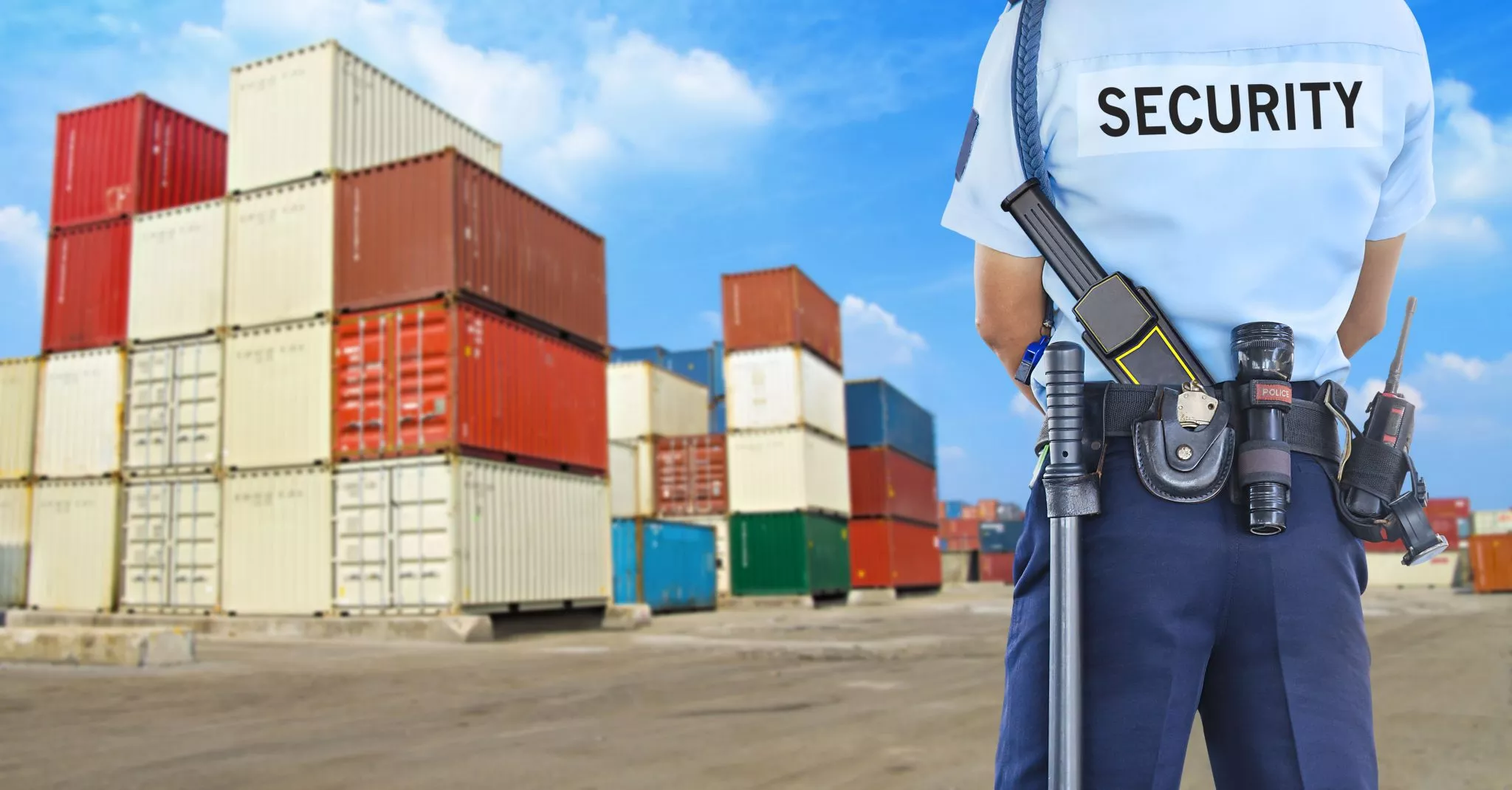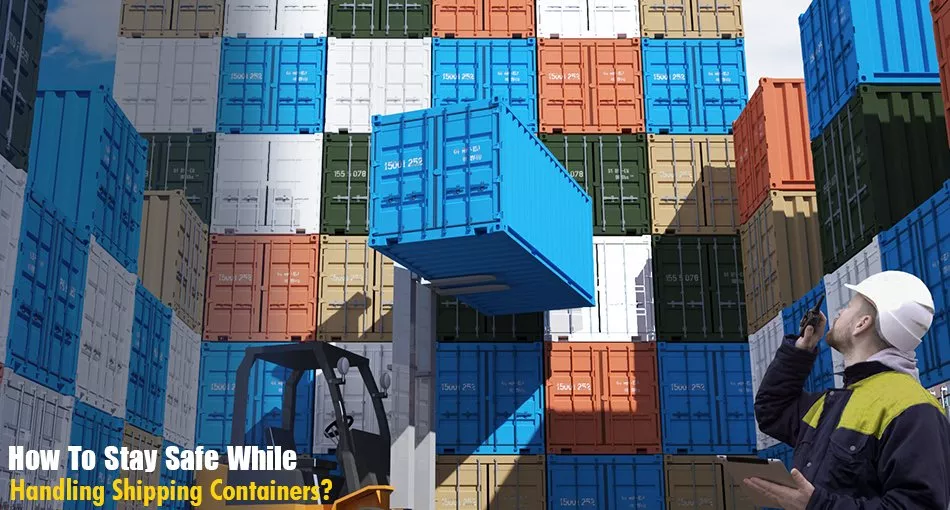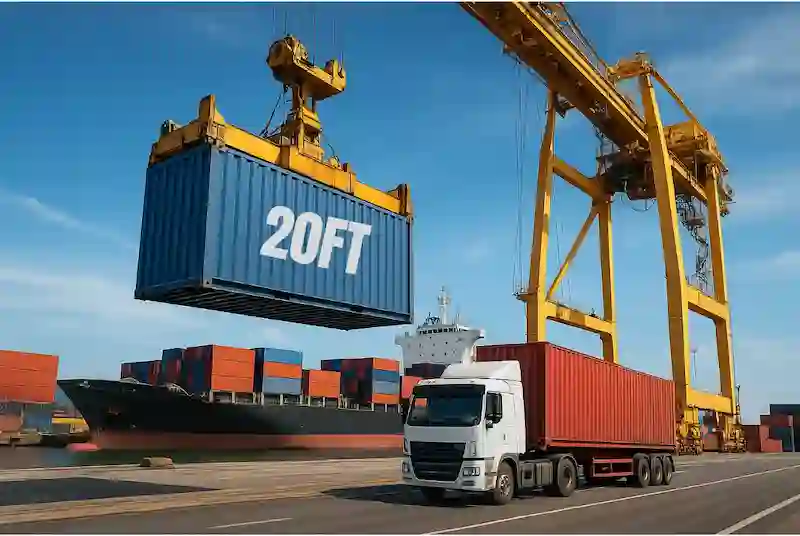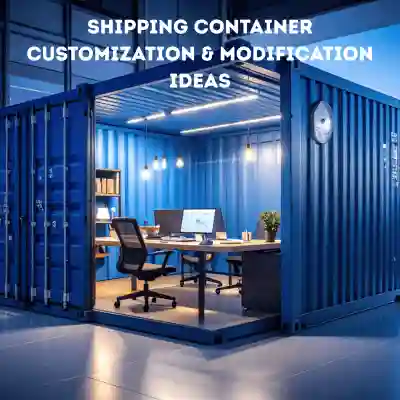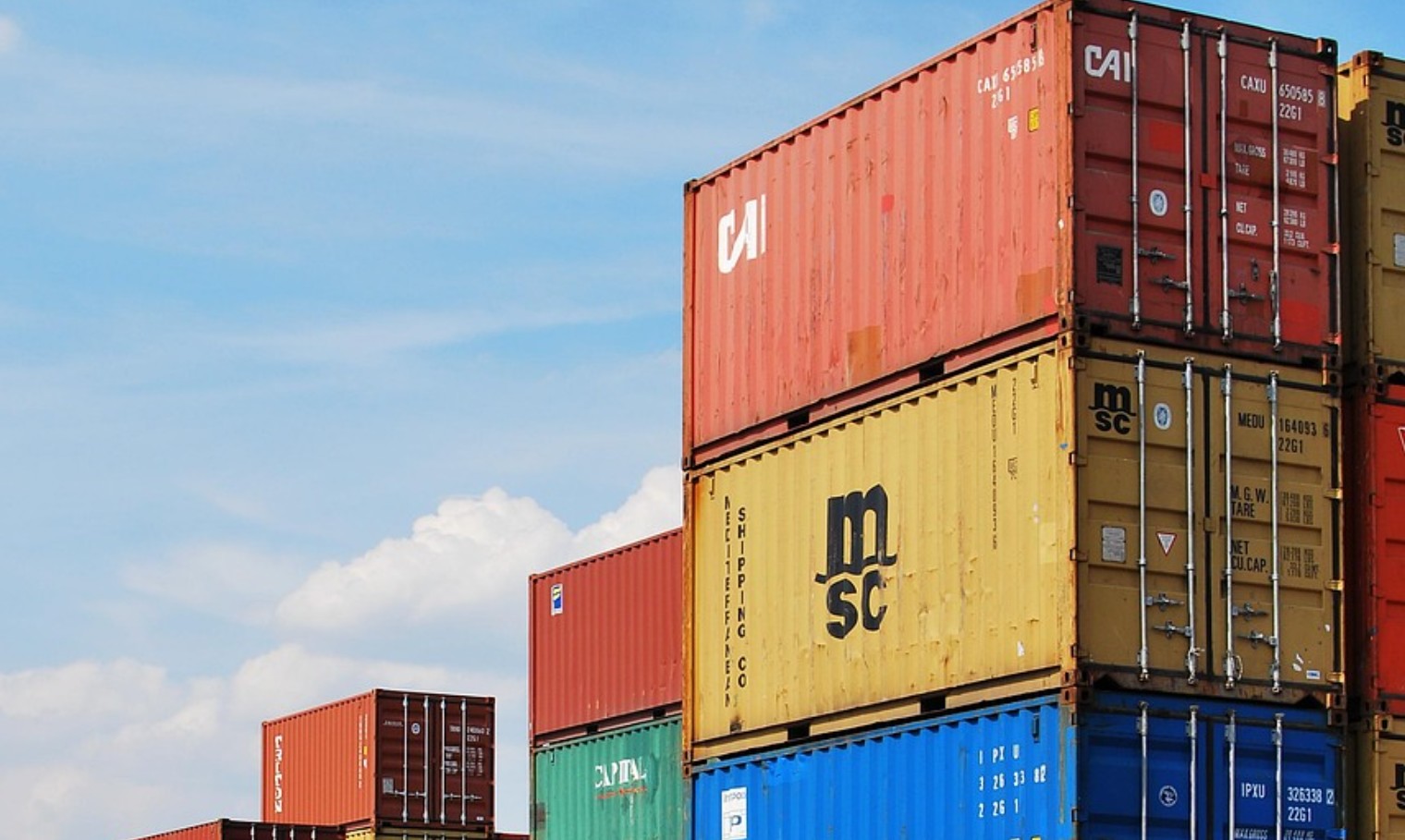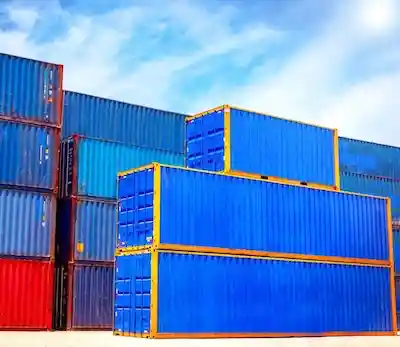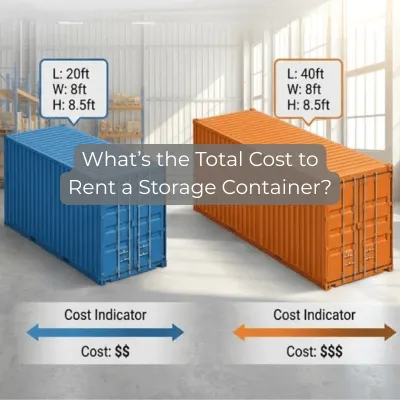EDI Shipping & Logistics: What it is and How it Works

EDI doesn’t sound like something that moves trucks or fills containers, but behind every timely delivery or smooth warehouse handoff, it’s usually there. Most people in logistics never see it, and that’s kind of the point — it works in the background, wiring systems together so that orders get processed, goods get loaded, and nothing sits waiting on a fax or a forgotten email. Shipping used to involve clipboards, signatures, and crossed wires. With EDI, a purchase order goes out, and the gears start turning immediately — without anyone picking up the phone. We’re going to break down how that happens.
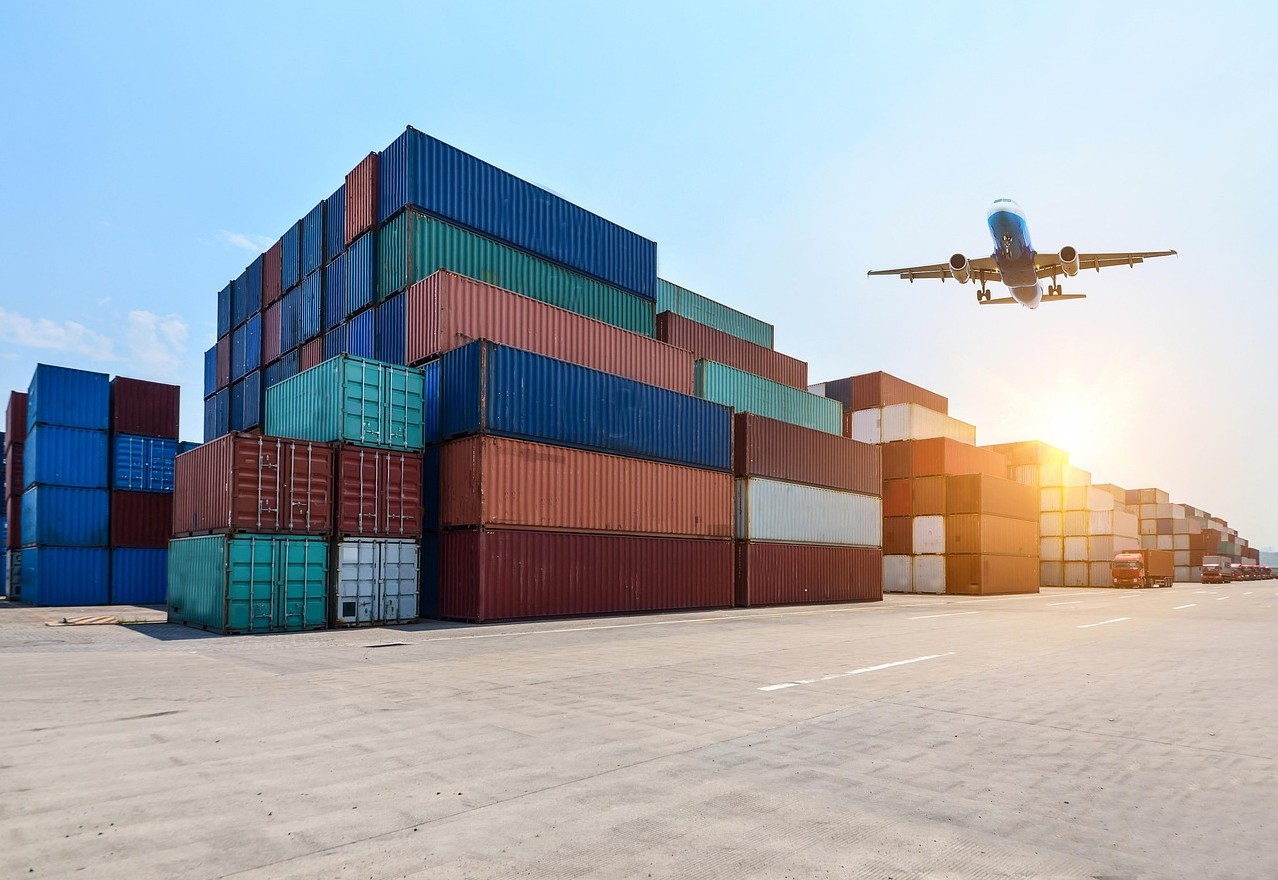
What exactly is EDI shipping?
EDI, or Electronic Data Interchange, is a method used by businesses to exchange documents through standardized electronic formats. In shipping and logistics, EDI replaces paper-based communications like invoices, purchase orders, and bills of lading. The idea is simple: computers from two or more organizations communicate directly, without needing manual input.
In traditional shipping, every document goes through multiple hands. Paperwork gets printed, faxed, or emailed. It’s time-consuming and full of human errors. EDI solves this by letting logistics systems talk to each other using agreed-upon protocols. When a company places a purchase order, that order can automatically be received, processed, and responded to by the supplier’s system.
The logistics industry heavily relies on timing and accuracy. If a shipment is delayed or documents are wrong, the whole supply chain might get disrupted. With EDI, data like order details, shipping instructions, and product descriptions are shared between partners without delays. Whether you’re shipping 20ft standard containers or managing a high-volume ecommerce operation, EDI helps to keep the process clean and systematic.
How does EDI work in logistics?
EDI technology uses a set of rules to standardize how documents are formatted and transferred between systems. These rules are defined by EDI standards like ANSI X12 (used mostly in North America), EDIFACT (more common in Europe), and others tailored for specific industries.
The process starts with data being pulled from a company’s internal system — typically a logistics or inventory management platform. That data gets converted into a specific EDI format using translation software. Once translated, the document is transferred to the partner’s system through secure communication protocols such as AS2, FTP, or API-based systems.
Let’s say a retailer orders a batch of electronics from a supplier. Their system generates a purchase order and translates it into an EDI 850 document. The supplier receives this document directly into their own system and immediately prepares the shipment. A confirmation (EDI 855) and shipping notice (EDI 856) follow. Once shipped, the invoice (EDI 810) is sent. The entire process happens digitally, without phone calls, faxes, or emails.
Shipping companies that use 20ft side open containers or 40ft high cube containers rely on accurate scheduling and warehouse coordination. EDI transactions help match pickup windows with inventory cycles, avoiding mismatched handoffs and idle time.
Important EDI documents used in shipping
Not every EDI document is used in all transactions, but a few are essential for most shipping operations:
- EDI 850 (Purchase Order): Sent from buyer to supplier. Contains product details, quantities, pricing, and shipping instructions.
- EDI 855 (Purchase Order Acknowledgement): Supplier confirms receipt and acceptance of the order.
- EDI 856 (Advanced Shipping Notice): Contains shipment details such as packaging type, tracking info, and expected delivery dates.
- EDI 810 (Invoice): Billing document sent after shipment.
- EDI 940 (Warehouse Shipping Order): Sent to a third-party logistics provider to initiate warehouse shipment.
- EDI 943/944 (Warehouse Stock Transfer Shipment/Receipt): Communicates goods movement into or out of warehouses.
- EDI 997 (Functional Acknowledgement): Confirms that a document was received and readable, even if not yet processed.
These documents are sent through agreed communication channels and logged in both sender and receiver systems. This solution helps reduce disputes and confusion around orders, payments, or container specs — for example, when dealing with 20ft standard tunnel double door shipping containers, which have specific handling requirements.

6 benefits of EDI in shipping and logistics
The shift to EDI has brought several solutions to businesses involved in logistics. Whether dealing with local shipments or global supply chains, companies experience significant improvements in efficiency and cost savings.
Efficiency in shipping operations
One of the biggest advantages of using EDI in shipping and logistics is the speed of handling transactions. When a business needs to send a purchase order or receive an invoice, the data moves from one system to another without manual entry. This cuts down the time required to process high volumes of documents like shipping notifications, transport bookings, or container tracking updates.
Instead of relying on faxes, emails, or phone calls, each document is generated, transferred, and read by logistics systems using a predefined protocol. When a company sends an EDI 850 purchase order, the supplier’s system doesn’t wait for someone to manually read and input the details. It goes straight into the order management module, which can immediately begin fulfillment.
The same goes for shipping large assets such as 40ft containers or intermodal freight units. Dockworkers and warehouse teams can receive automated shipping notices (EDI 856) and know exactly what to expect, reducing idle time. Operations like dispatching, picking, and loading benefit from the rapid flow of accurate information across different systems in the organization.
Cost savings through reduced manual labor
Manual document processing is expensive. Every printed invoice, typed order confirmation, or emailed delivery note consumes work hours and creates room for error. By adopting EDI, businesses lower the cost of document handling by automating repetitive parts of the process.
Instead of paying someone to enter invoice data, validate shipping instructions, or forward purchase confirmations, the EDI system handles the full transfer. Errors that would otherwise cause shipment delays or incorrect billing are minimized. That reduces the need for customer service intervention and reprocessing costs.
Shipping companies using 40ft high cube containers often juggle thousands of shipments. If even a small percentage of those require manual rework, the costs pile up. With EDI, the logistics process becomes more structured and less reliant on human intervention, which means fewer errors and less time spent fixing avoidable issues.
EDI platforms also reduce postage, printing, and archiving costs. Most of the data is stored digitally, retrievable at any point through a centralized system. This lowers operational costs over time, especially for ecommerce businesses dealing with high volumes of low-margin transactions.
Reduced errors in shipping documentation
Manual document handling leads to data entry mistakes. A wrong product code or container ID can delay a shipment or send goods to the wrong location. EDI solves this by having systems talk directly to each other using agreed-upon formats, which removes the need for transcription or re-keying.
Every type of EDI document, whether it’s an order (EDI 850), shipping advice (EDI 856), or invoice (EDI 810), follows a fixed structure. That structure ensures that required fields are filled out and validated before the document can be processed. If something’s missing or formatted incorrectly, the system flags it right away.
This is particularly useful for businesses moving goods in 20ft side open containers, which often require custom handling or non-standard loading. If the wrong specification is entered manually, loading teams might prepare the wrong type of container. EDI helps eliminate those kinds of miscommunications by transferring exact data between logistics systems.
Error reduction also means fewer chargebacks, less back-and-forth with suppliers, and less time spent resolving shipment issues. For businesses that rely on accurate inventory turnover, like ecommerce or wholesale distribution, this has a direct impact on operational stability.
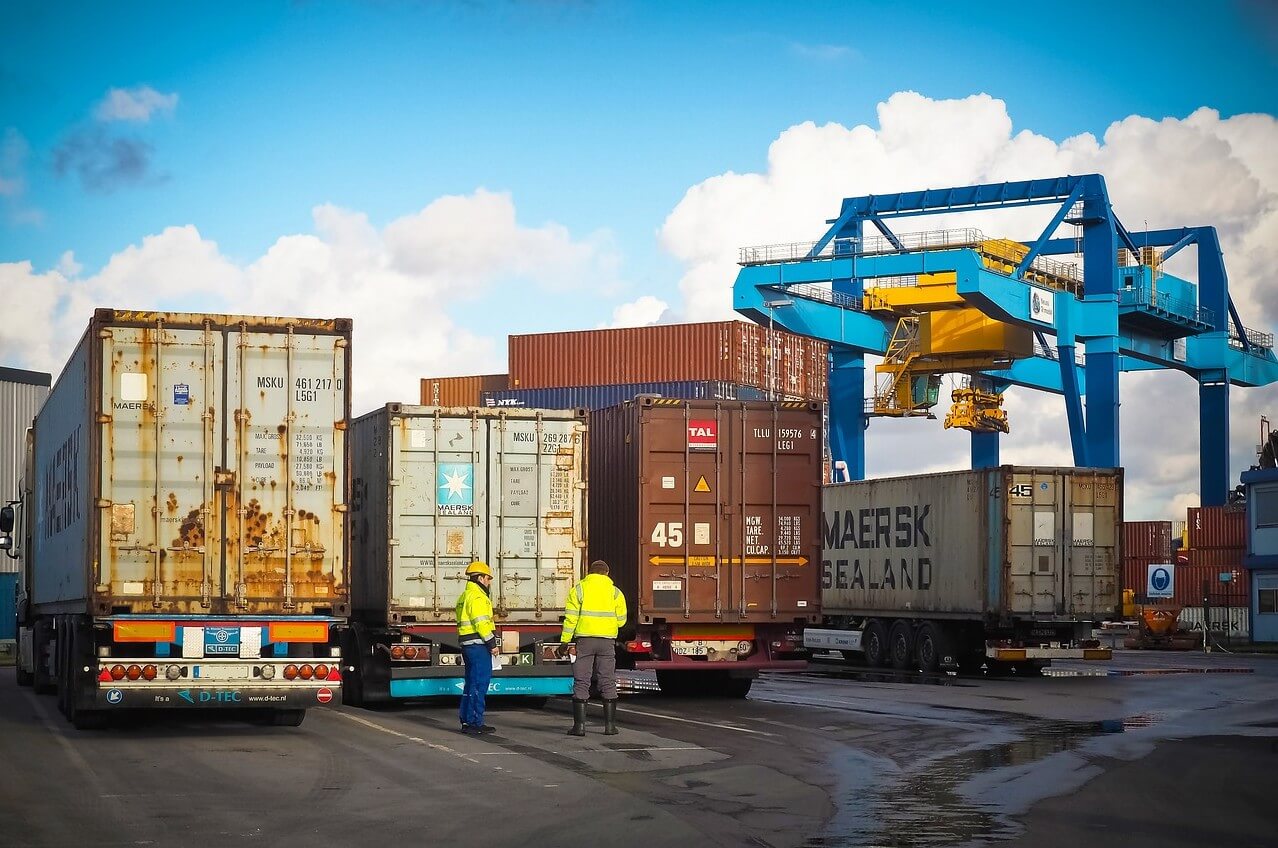
Improved inventory management
Inventory levels can’t be managed properly without real-time data. EDI supports that by providing instant updates on order status, shipment confirmations, and warehouse receipts. When a product leaves a supplier’s warehouse, the buyer’s system knows about it immediately through an EDI 856 or 940 document. That kind of visibility is essential for accurate forecasting and replenishment.
Let’s say a warehouse is receiving a batch of goods packed in 20ft side opening containers. The EDI system can tell staff exactly what’s inside, how it’s packed, and what section of the warehouse it should go to. This eliminates the need for time-consuming checks or unpacking just to identify contents. Items can be scanned and logged straight into the inventory system.
EDI also helps identify back orders, product shortages, and delays earlier. A missing confirmation or unexpected shipping notice can alert procurement teams that something is off before it becomes a major problem. In fast-moving sectors like retail or electronics, having this kind of early insight is a competitive advantage.
Inventory accuracy leads to better customer service, fewer stockouts, and more predictable order cycles. That’s important whether you’re managing parts, finished goods, or heavy freight in 20ft high cube container units moving across borders.
Reduced waste and resource usage
Every printed form, retyped invoice, or duplicate order creates waste. That includes physical waste like paper and toner and resource waste like labor hours and fuel from unnecessary shipments. EDI removes redundant processes by handling everything electronically, which directly lowers the number of physical resources consumed.
Let’s say a buyer mistakenly sends the same purchase order twice. With paper or email-based systems, this isn’t always easy to catch. The result might be two separate shipments or unnecessary warehouse movement. With EDI, each document has a transaction ID and timestamp. Duplicate entries are caught early and flagged before the warehouse acts on them.
It also reduces the need for returned shipments. When orders are accurate and shipping notices are precise, the risk of sending the wrong item — or delivering to the wrong dock — goes down. That cuts down on fuel used to return goods, labor hours wasted on restocking, and wear-and-tear on shipping assets like 20ft standard containers.
Organizations using EDI typically don’t need to store as much paper documentation either. Contracts, shipping receipts, and invoices are all archived digitally. That reduces filing cabinet space, storage costs, and energy use tied to recordkeeping.
Enhanced partner relations
Every successful shipping operation depends on good coordination between partners — suppliers, carriers, warehouse providers, and customs authorities. EDI strengthens those relationships by creating a consistent way of communicating. Each party knows what format to expect and what data to provide. That predictability builds trust.
If a partner expects an EDI 940 for a warehouse shipping instruction, and they receive it instantly after the order is placed, their system can begin processing without delay. The relationship becomes less reactive and more systematic. Whether you’re working with a regional carrier or a global freight operator moving 20 ft side open containers, EDI gives both sides a clear process to follow.
It also reduces disputes. Since every document has a digital trail and standard format, it’s easier to trace where a mistake happened and fix it. That keeps partner relationships from turning adversarial during billing conflicts, missed shipments, or inventory mismatches.
When partners don’t need to call or email for clarification, they can focus on the actual logistics work. That speeds up operations, reduces miscommunication, and allows each business to focus on its own process while relying on the other to do the same. Whether the partnership is large-scale or limited to a single shipping lane, using EDI helps keep the relationship functional and structured.
These benefits make EDI an essential solution for modern shipping operations, but let’s see what challenges this technology poses.

Challenges and complexities of EDI shipping
Despite being around for decades, EDI isn’t plug-and-play. Setting it up and implementing it involves coordination, system compatibility, and a clear agreement on document structure. If two companies use different versions of the same standard, or different standards altogether, integration can fail.
One challenge is onboarding new partners. If you’re a shipping company dealing with hundreds of clients, each using a different system, you need translators, mappers, and often third-party EDI service providers. Errors in translation logic — say, mapping a product code incorrectly — can cause major operational issues.
EDI systems also must be maintained constantly. Each document type has its own versioning, and if your trading partner updates their EDI format without telling you, your system might reject or misread incoming documents.
Another issue is cost. While EDI reduces errors and speeds up processing, the initial investment in software, training, and testing can be significant. Small ecommerce businesses may find it hard to justify unless they’re working with large partners who mandate EDI compliance.
Shipping physical goods often involves customs, port authorities, and intermodal handoffs. Integrating EDI across all these players adds another layer of complexity, especially when national or regional standards differ.
How to keep EDI transactions safe and accurate
Data security is a key concern with EDI, especially because sensitive documents like invoices, payment details, and contracts are constantly exchanged. Unlike email, EDI transfers use secure protocols that encrypt the data in transit and often require digital certificates for authentication.
The most common protocol today is AS2, which sends documents over the internet with encryption, digital signing, and MDNs (message disposition notifications). It helps both parties confirm that a message was received successfully and wasn’t tampered with.
Another security layer is access control. Only specific systems and users should be allowed to send or receive EDI documents. This is usually managed at the software level, often using private keys or IP whitelisting.
Companies also implement audit trails. Every document transfer is logged with timestamps, sender/receiver IDs, and delivery confirmations. These logs are important for tracking lost files, investigating mismatches, or meeting regulatory requirements.
If you’re a shipping business managing loads in shipping containers, you need to keep your EDI system tightly synced with inventory data. A mismatch between what’s in your warehouse and what’s listed in an EDI 856 can lead to lost revenue and customer disputes.
Finally, testing and validation are non-negotiable. Before going live with a partner, companies typically go through several rounds of test exchanges. These tests catch format errors, mapping issues, and communication failures early on.
EDI in logistics might not be exciting on the surface, but it’s what makes global commerce function efficiently. It’s deeply tied to warehouse management, container handling, and order fulfillment. Whether you’re selling electronics or shipping 20ft containers, having a reliable EDI setup can be the difference between on-time delivery and costly delays.
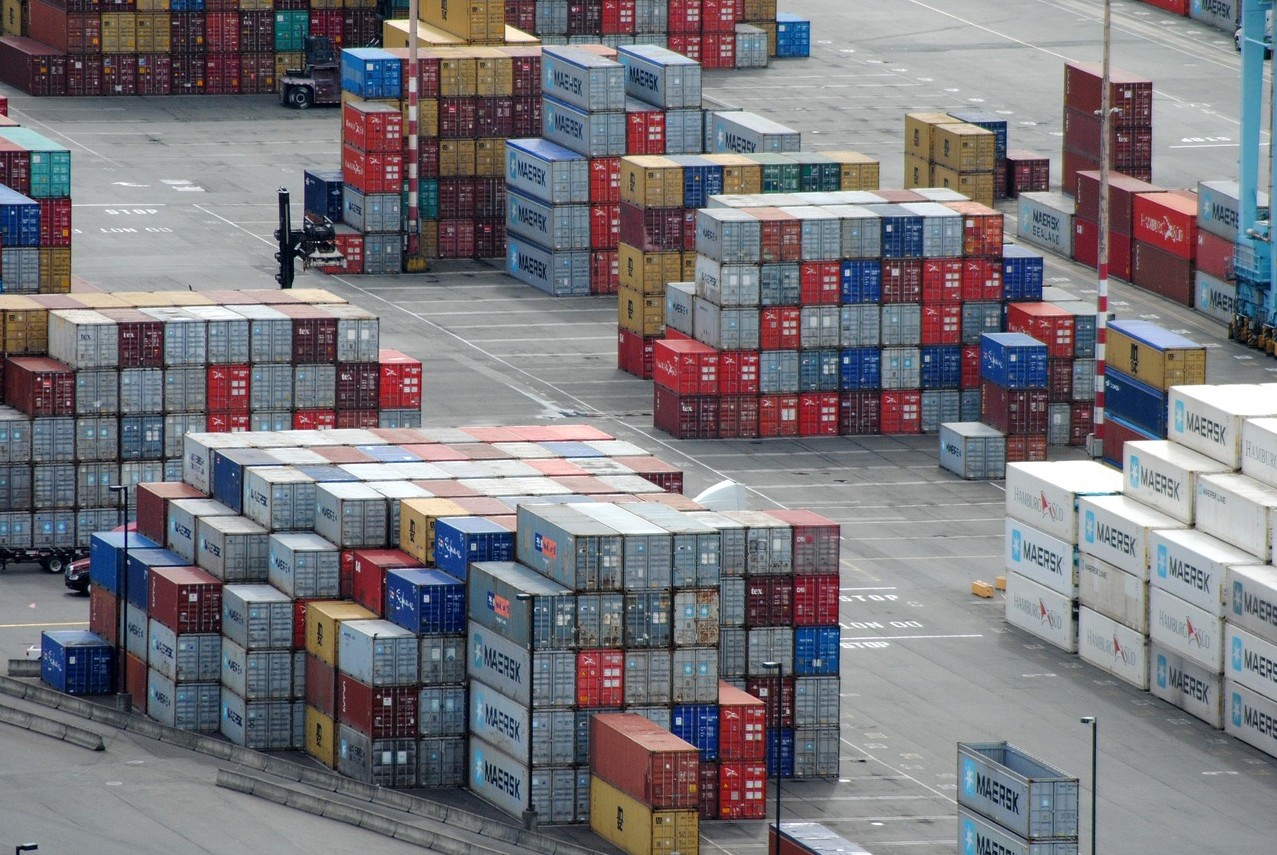
Conclusion
EDI isn’t a silver bullet, and it’s not always easy to set up, especially when dealing with multiple systems, standards, and unpredictable partners. But it’s also not optional if you’re trying to move serious volume without drowning in paperwork or delays. The moment your operation grows past a certain point—whether you’re moving electronics or loading 40ft high cubes—you either automate the way you handle documents or start watching efficiency bleed out through miscommunications. EDI keeps that from happening, even if nobody’s bragging about it.
Vanessa is a dedicated writer and content enthusiast at Pelican Containers. With a background in practical writing and a keen eye for clarity, she transforms complex container topics into easy-to-understand and useful content. Her passion lies in exploring the evolving world of container usage — from smart storage hacks to global logistics trends.
When she's not writing, Vanessa loves discovering creative shipping container projects or traveling to find new inspiration.
Explore thoughtful, informative, and accessible content with Vanessa!
Vanessa is a dedicated writer and content enthusiast at Pelican Containers. With a background in practical writing and a keen eye for clarity, she transforms complex container topics into easy-to-understand and useful content. Her passion lies in exploring the evolving world of container usage — from smart storage hacks to global logistics trends.
When she's not writing, Vanessa loves discovering creative shipping container projects or traveling to find new inspiration.
Explore thoughtful, informative, and accessible content with Vanessa!
FAQ
What is EDI in shipping?
EDI in shipping is the digital exchange of documents like invoices, purchase orders, and bills of lading between companies.
Who benefits from EDI?
Carriers, shippers, freight forwarders, and warehouses — anyone involved in moving goods.
What types of businesses can benefit from using EDI in shipping and logistics?
Retailers, manufacturers, distributors, logistics companies — basically anyone who moves or receives goods.
How is an EDI in shipping different from a paper invoice?
EDI sends data directly between systems. A paper invoice needs someone to print, send, and manually enter it.
